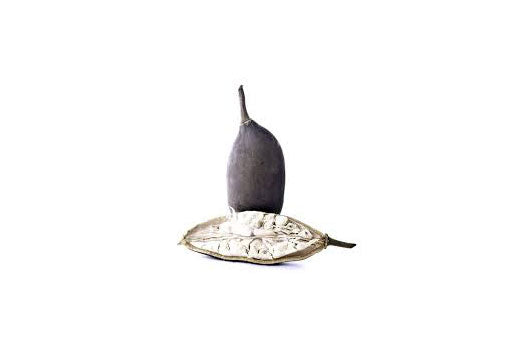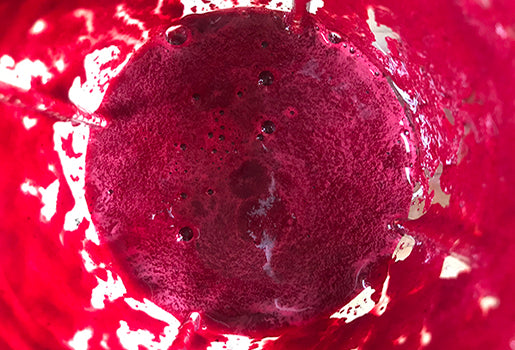The Wonders of Comfrey: for the Garden and for you!

I found a new love: Comfrey, Symphytum officinale. I first learned about this wonderful herb last year in a food security seminar where it was described as an amazing healing plant. I then heard about it in my permaculture course where the plant was used as a nitrogen fixer for poor soil mediums. Yes, this plant does it all!
Comfrey is a dynamic accumulator, which means that the vast underground network of mycorrhizal fungi live off the starch produced by this plant. In return, the fungi-- stretching far beyond the root system-- collect water and break down rocks to obtain minerals and then feed it back to the plant. The comfrey plant is thus nourished with minerals such as potassium, calcium and magnesium. Small bits of science like this is, to me, a poignant reminder that we live within a complex ecosystem that extends beyond our day-to-day human interactions: the world beneath us, the world of microorganisms, is so essential to sustaining life on earth that we can only exist because of this delicate symbiotic relationship. I find that mind blowing!
Comfrey for the Garden
Because of comfrey's powerful root system and symbiotic relationship with the mycorrhizal fungi and rhizobial bacteria (what fixes nitrogen), it makes for a great garden companion. This past spring, I planted a young comfrey plant that ended up looking terrible after replanting. But within a couple of days, it was blooming and beautiful! Bees love its purple florets, as do many other beneficial insects. And the leaves, when brewed into a tea, make for a highly effective fertilizer (No thank you Monsanto! We do not need your synthetic, microorganism-killing fertilizers. Comfrey will do just fine!) Lastly, it attracts worms! Isn't comfrey super?
Comfrey for Human Health
Both the comfrey root and leaves are extraordinary for human health. High in mucilage, it has long been used to treat lung troubles, diarrhea and dysentery, and other intestinal troubles. Of course, my favorite is its skin application. Comfrey is also high in allantoin (it moisturizes, promotes healing and hastens the growth of new tissue), which makes it a miraculous cure for cuts, bruises, and broken bones. It is so effective and promotes fast healing to the point that it is not always recommended to apply on deep cuts because the topical layers of skin will heal quicker than the deeper layers! Furthermore, it promotes the discharge of puss, making it the ideal remedy for boils, abscesses, and pimples.
D.I.Y Comfrey Poultice for Blemished Skin
We have not yet created a skincare product containing this powerful herb. But, at home, I did discover a wonderful use for it. I had binged on homemade brownies and broke out in a series of bumps and little pimples--chocolate is not good for my skin:(. I found that a poultice applied on like a mask did wonder for my face and cleared my skin of all its blemishes. I was fixated on a three-day treatment. After the first treatment, my skin felt amazing, but true results came in on the third day. Harvest, if you can, 2 fresh large leaves (it's best to harvest before flowers are in bloom). Put in a blender or food processor and add about 1/4 c filtered water (start with even less). Blend until plant releases its mucilage. The consistency should be thick, smooth, and slimy (slimily is very good:)). I immediately applied about one tablespoon on my face and let it sit for 25 minutes. It tingles a bit, at first, but I enjoyed the feeling as I felt the herb working on my skin. I poured the remaining mixture into a mini-cube ice tray to freeze it. For the next two days, after washing my face, I rubbed an ice cube all over my face. I discarded whatever bit of leftover ice cube, but tried to use as much as I could by applying a few layers and even applying some on old scars ;) It worked wonders for me. If you want to use a comfrey poultice for healing cuts or broken bones, make sure the poultice is warm do this by using hot water when blending the herb). Pour into a gauze wrap, apply a little oil to the wound and then apply the "gauzed" poultice over the wound. Hold it in place or wrap a breathable cloth around it. Repeat this process once a day until you notice an improvement (it depends on the severity of your wound and please, before doing this, consult your favorite health practitioner).
I would love to hear how this worked for you so please keep me posted:)
Leave a comment
Comments will be approved before showing up.



